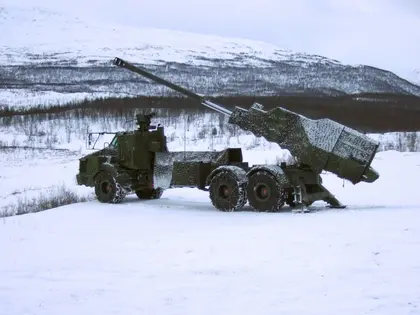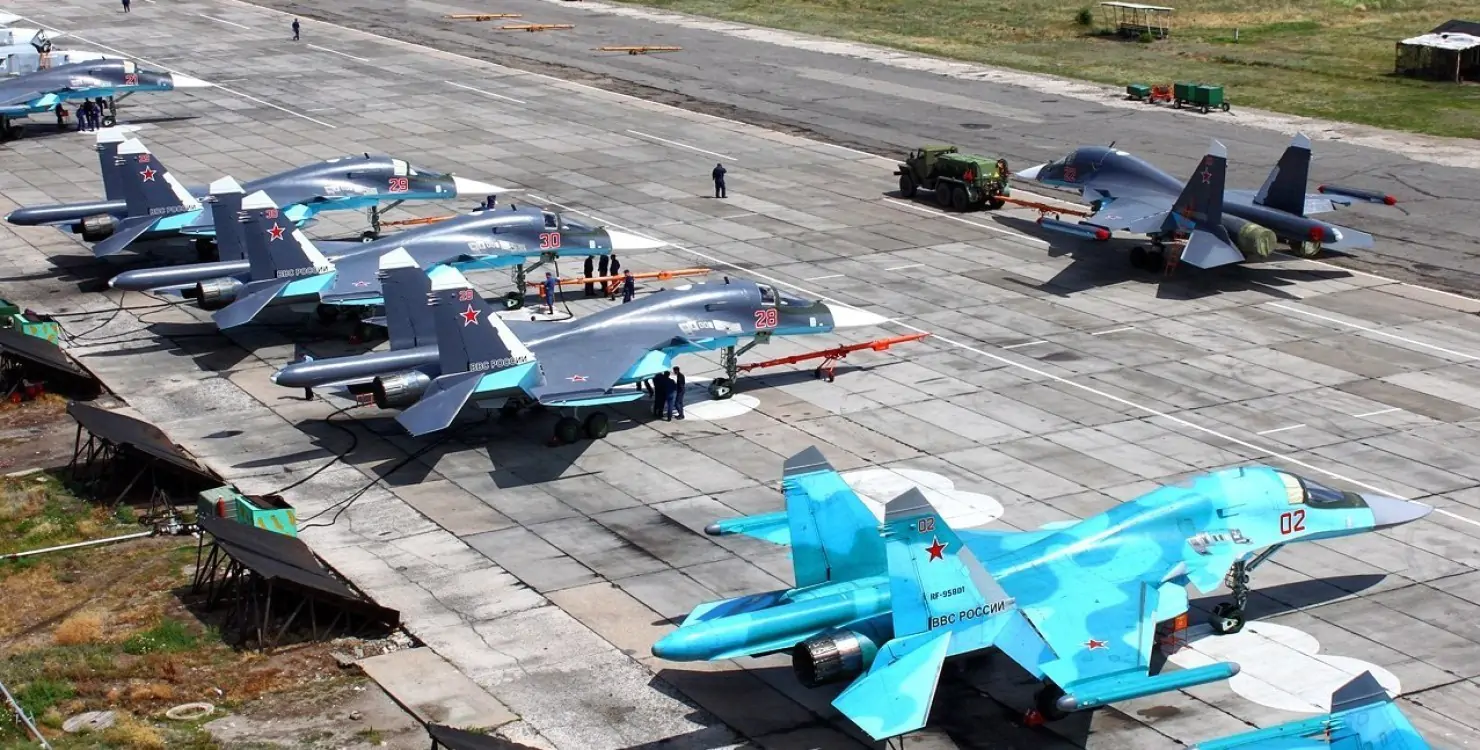European assistance to Ukraine by almost all metrics is bigger than that of the US and, as Washington dithers, European leaders are stepping forward with military and financial aid to Kyiv that will likely continue for years.
Estonian Prime Minister Kaja Kallas, speaking at a Tallinn press conference on Thursday, said: “Freedom has to be better-armed than tyranny. Estonia has made a decision regarding long-term support, so 0.25 percent of our GDP over the next four-year period will go to Ukraine as military aid. And we hope it’s going to be an example for everybody else.”
JOIN US ON TELEGRAM
Follow our coverage of the war on the @Kyivpost_official.
“When it comes to blood, sweat and tears, they are entirely Ukrainian. What is required of the rest of us is clear thinking, sober determination and an entirely manageable re-allocation of resources so that Ukraine can defend itself,” Kallas said.
Ukrainian President Volodymyr Zelensky said Ukrainians were very thankful to Estonians for their country’s “strong and unwavering” for support of soldiers and civilians under attack by Russia.
The European Union already is by far Ukraine’s most valuable source of financial support, from Jan. 2022 – Oct. 2023 donating a whopping $71.1 billion, against $25 billion sent by US taxpayers, data compiled by the Kiel Institute for the World Economy said.
Aside from the EU contribution, citizens from four of Ukraine’s staunchest developed nation allies – Germany, the United Kingdom, Norway and Japan – have financed government-to-government assistance to Ukraine totaling $26 billion, that data said.

OPINION: Lobster or Lentils? Good News and Bad for 2025
The US is Ukraine’s single largest source of foreign-manufactured weapons, sending Kyiv $43.9 billion worth since Russia’s invasion of Ukraine.
Zelensky is greeted by Estonia's President Alar Karis after his arrival in Tallinn, Estonia on Jan. 11. PHOTO: AFP
Much of the American arms have been high tech, big-ticket items like Patriot anti-aircraft systems and missiles, more than 180 Bradley infantry fighting vehicles, and precision-guided, long-range strike HIMARS and ATACMS missiles.
But a host of longtime US allies led by Germany and the United Kingdom, but also with significant contributions from Norway, Canada, Poland, Netherlands, Denmark and Sweden, have promised or delivered a collective $45 billion worth of arms to Ukraine, collectively slightly more than the value of total military support sent to Kyiv by Washington.
Some of the European weaponry, much of it modern but some of it refurbished Cold War kit, has proved critical and in some cases decisive to Ukraine’s defense.
Hundreds of German Gepard Flakpanzers, a 1970s-era tank chassis armed with a pair of auto-cannon and a radar dish, has become the national lynchpin of Ukraine’s national anti-kamikaze drone network.
Modern Polish Krab and Swedish Archer self-propelled 155mm howitzers – the latter the most effective artillery piece operated by either side in the Russo-Ukraine war – are the backbone of the Armed Forces of Ukraine’s (AFU) single most powerful tactical advantage over the Russian army: cannon more accurate and longer-range than in the Russian army.
In a Jan. 8 interview with CNN, Polish Foreign Minister Radek Sikorski put into perspective the scale of non-American support to Ukraine into perspective.
“But on contributions, let’s remember that if you compute the contributions of EU institutions and EU member states, which is how you should count it, the US and European contributions are about the same, about $75 billion each,” he said.
“And actually Poland, if you count the cost of helping Ukrainian refugees, Poland is number one in contributions on a per capita basis, in proportion to GDP. And even without that, we are number three or five.
“So a lot is being done by Europe. But of course, on the military side, the US is absolutely indispensable. And that’s why Ukraine needs this package of American help (under consideration by the US Congress). I hope that both parties in the US support it.”
“The consequences of Putin conquering Ukraine would be catastrophic.” Poland’s Foreign Minister @radeksikorski tells me “the cost of deterring Putin after he conquers Ukraine would be much much higher than the cost of keeping the Ukrainians supplied now,” urging additional US aid pic.twitter.com/U08novnVBa
— Christiane Amanpour (@amanpour) January 8, 2024
According to the Kiel Institute, with EU contributions included, in terms of aid to Ukraine ratioed against national wealth, Lithuania and Estonian are Ukraine’s most generous donors, both Baltic nations sending 1.8 percent of their entire annual GDP to help Kyiv since Russia invaded.
Norway, Denmark and Latvia follow closely at 1.6 percent of GDP.
The United States – the world’s biggest economy – has sent Ukraine assistance in the past amounting to 0.3 percent of the total American GDP, a contribution level relative to total national income slightly less than Cyprus, Malta and Ireland.
German Chancellor Olaf Scholz in Jan. 8 comments said that with approval of future US aid to Ukraine possibly stalled in Congress for weeks if not months, European states needed to step up more to fill the gap.
“As significant as the German contribution is, it will not be enough to ensure Ukraine's security in the long run," Scholz said at a news conference in Berlin.
“Therefore I call on allies in the European Union to strengthen their efforts regarding Ukraine. The planned weapons deliveries to Ukraine of most EU member states are not enough.”
According to US news reports on Thursday, Congressional committees on draft legislation for a 2024 $60 billion aid package to Ukraine had re-started post-holiday season meetings and made some progress, but it was not clear when a compromise draft might be completed.
But in Europe, with the specific date for approval of more US aid to Ukraine nowhere in sight, officials said their governments are moving forward.
Responding to an opinion piece by former British Defence Secretary Ben Wallace warning London wasn’t moving fast enough with its own Ukraine aid package, the current Minister Grant Shapps told the Guardian newspaper Wallace “won’t be disappointed and he won’t need to wait for too long.”
In Thursday comments, Estonian President Alar Karis said Estonia will give Ukraine an additional 1.2 billion Euros ($1.318 billion) in long-term assistance, and called on larger, more powerful nations to do their part as well.
“Ukraine needs more and better weapons,” Karis said. “The power of the military industry of the EU must be increased so that Ukraine receives what it needs, not tomorrow, but today.
“We should not have any restrictions on the supply of weapons to Ukraine. We will call on the whole world to help Ukraine in peace and democracy.”
You can also highlight the text and press Ctrl + Enter







